Vacuum Plasma Technology and Nanofabrication
We have been active in nanoscale etching of Silicon creating ultrahigh aspect ratio silicon nanowires perpendicular to the Silicon substrate using both cryogenic and nanoscale gas chopping (Bosch-like) processes. We have studied the bundling of these nanowires, their optical properties, and their application for radial or axial junction photovoltaic devices. In addition, growth of ZnO nanostructures on such nanowires was achieved towards 3D ZnO networks.
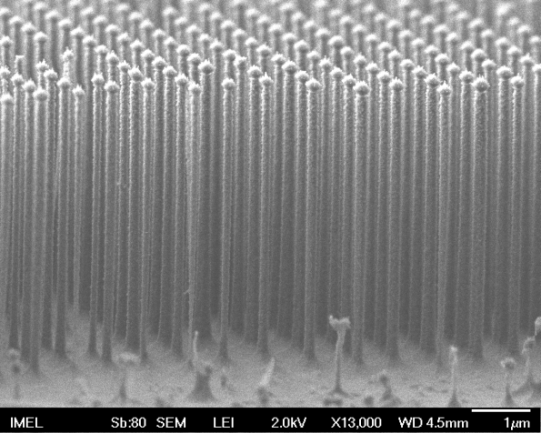
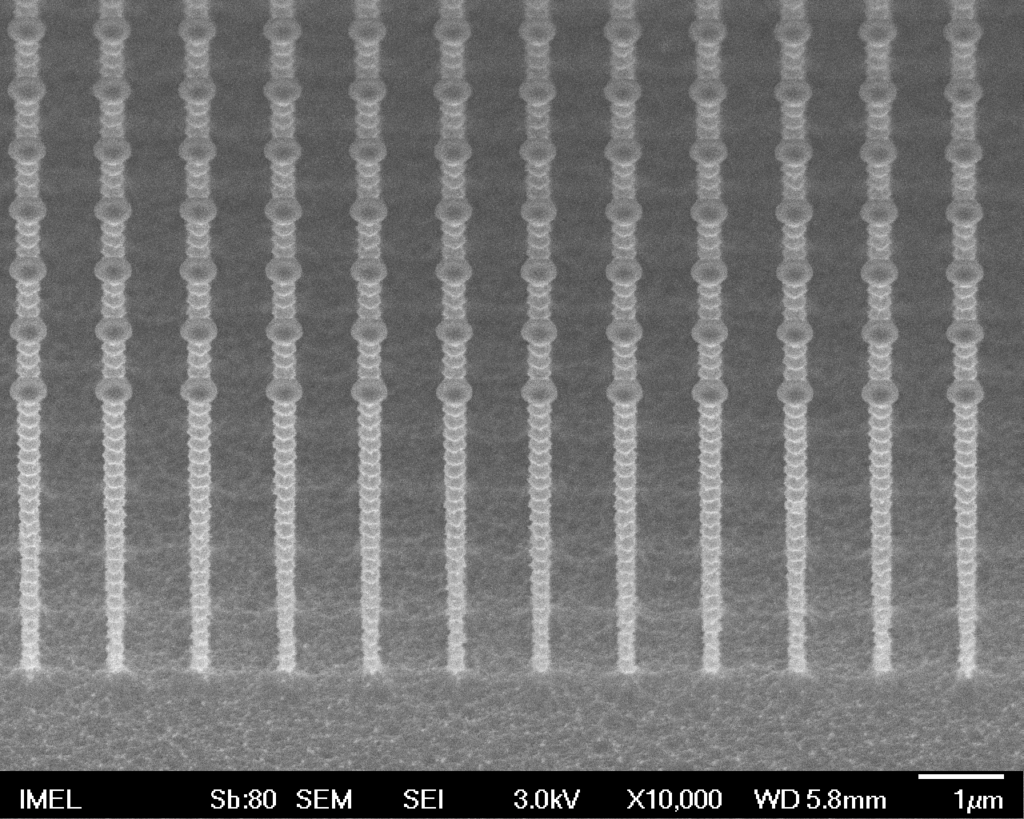


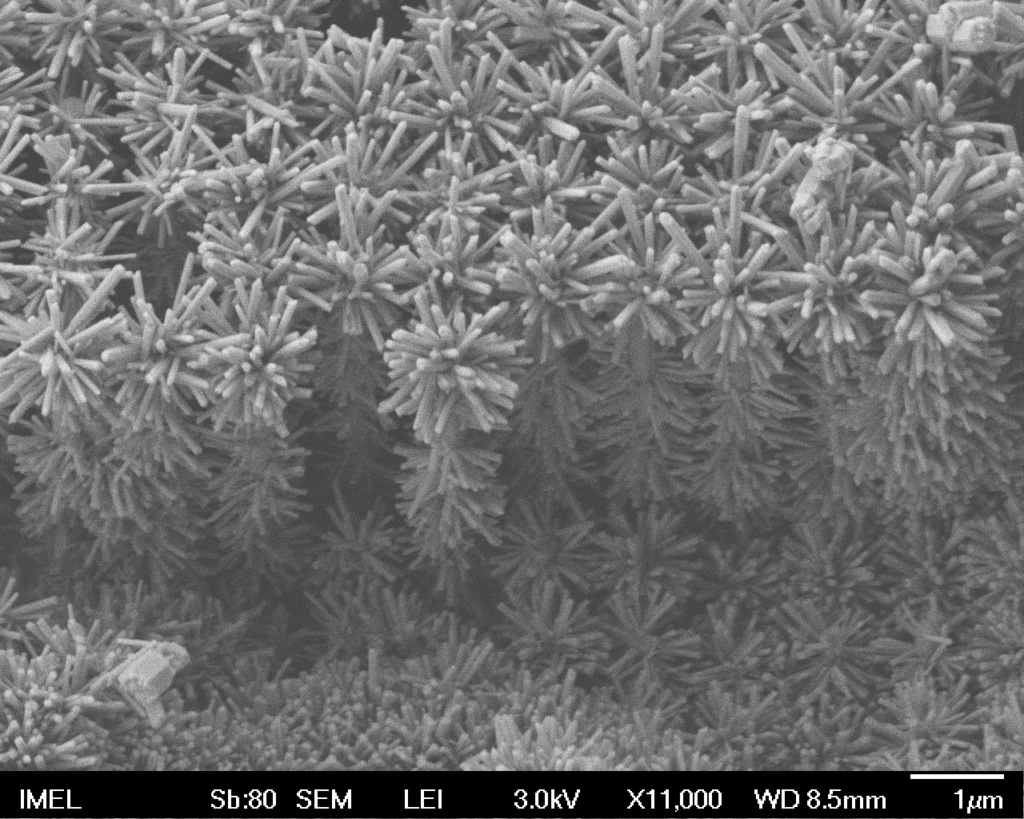
We have pioneered the plasma micro-nanotexturing technology and have designed and patented a novel related plasma reactor, which we term “nanoinhibit” reactor based on anisotropic ion-enhanced plasma etching with simultaneous controlled flux of co-sputtered etching inhibitors. The new plasma reactor is based on control of the area of electrode surface which is sputtered by ions. The control is achieved by a variable shield of specific areas of the electrode. This technology has allowed us to spin-out tens of different applications towards smart functional surfaces and devices. We are pursuing our EPO patent application on how to control the amount of texture produced during etching by changing the shielding of the biased electrode and the control in texture achieved by changing the amount of shielding.
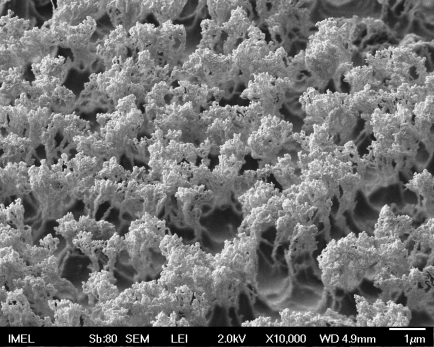
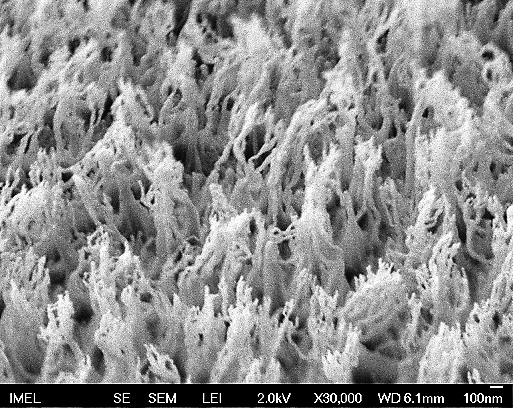
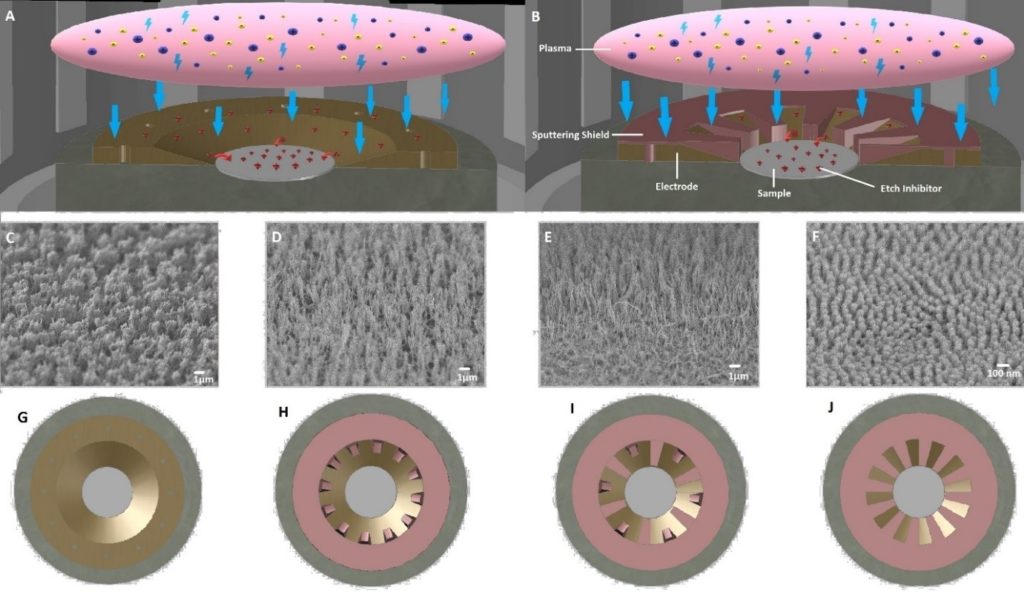
We have acquired new tools for the exploitation of the micro/nanotechnology existing infrastructure as well as the development of novel processes, devices and micro/nano systems within the Greek research ecosystem. An Atomic Layer Plasma Etching System (ALPES), which is an advanced etch technique that allows for excellent depth control on shallow features, was purchased. As device feature size reduces further and further ALPES is necessary to achieve the accuracy required for peak performance. High fidelity pattern transfer (etching) is essential for the fabrication of todays advanced microelectronics devices. The second tool is an Electron Beam (E-beam) Metal Evaporator (EBME), which is a well-established physical vapor deposition technique for producing high-purity uniform metal coatings on solid or flexible substrates at a rate typically in the range of 0.1nm to 1μm/min. Lastly, a Low Temperature Evaporator for Temperature Sensitive Materials and Thermal Evaporator for Metals (LTE-TSM & TEM) was acquired, used in deposition by heating source materials to a relatively low temperature to produce vapor for thin-film coating processes, typically under vacuum conditions. The use of low temperature minimizes thermal damage to both the source material and the substrate, making it suitable for depositing heat-sensitive compounds such as organic materials and polymers.
In the next figures results from preliminary demonstration projects, with the use of the above tools, are portrayed: a) a SERS substrate on Al coated silicon after boiling in water and coating with Silver, b) a nano-bio system demonstrator comprising of microwells containing SERS substrates and filled with drops of uric acid before analysis, and c) nano-electronic demonstrator showing interdigitated Al electrodes (Al was coated with the EBME, and after optical lithography was etched with the new ALPES).



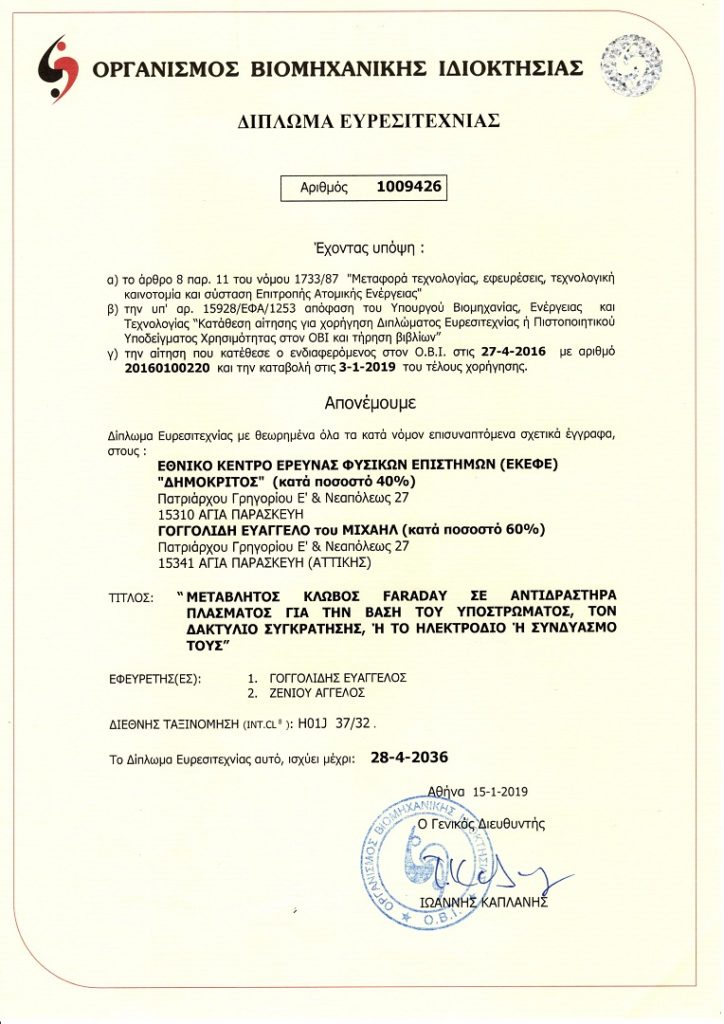
Variable Faraday shield for a substrate holder, a clamping ring, or an electrode, or their combination in a plasma reactor
Greek patent application 20160100220 – 27/04/2016, Patent grant No. 1009426European patent application 17386017.2 – 26/04/2017